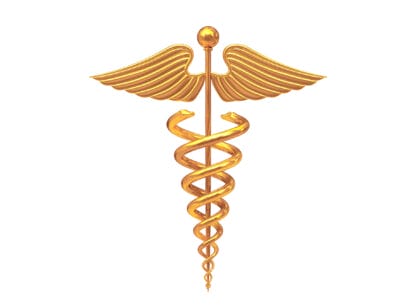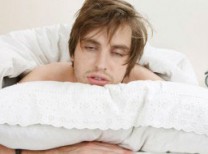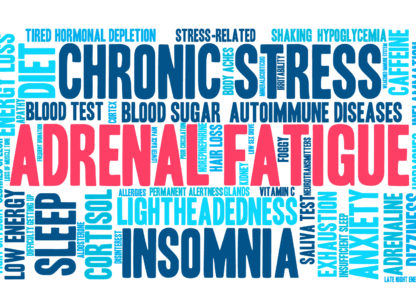There are several interesting symptoms associated with sleep disorder breathing besides the more commonly heard complaints of snoring (approximately 100 million Americans) and daytime tiredness or sleepiness. Some of these symptoms may be overlooked by health care professionals unfamiliar with breathing challenges and the physiological functions of air breathing and sleep.
Symptoms of sleep disorder breathing (SDB) can be headaches, migraines, pains in the neck, shoulders, back and face, clenching or grinding of teeth, sore jaw, missing or broken back teeth, popping of the jaw and limited opening of the mouth. Morning headaches, night sweats and erectile dysfunction (ED) have now been associated with sleep disorders.[sup]1[/sup]
Morning headaches–Headaches are among the most common in medical complaints (approximately 80 million people). Awakening with a headache represents an important subset and is coincidentally also a part of the obstructive sleep apnea syndrome (OSA). Several explanations have been proposed for OSA. Nighttime fluctuations of arterial oxygen saturation along with increased intracranial pressure and the interruption of sleep may contribute to the headache phenomenon.[sup]2[/sup]
Neurologists now often include an oral or mouth exam and a sleep study as part of the neurological diagnosis for headaches since they now recognize that opening the airway and improving sleep patterns may be fundamental to the elimination of the headaches. Neurologist and physicians have pinpointed the dental nerve (the Trigeminal nerve) for vascular headaches.[sup]3[/sup]
Dentists who have post graduate training in sleep disorders can see the physical and structural evidence related to sleep and airway challenges. Physical evidence of wearing patterns of teeth from clenching or grinding can also cause bone growths in the mouth. This constant forceful biting stabilizes the tongue to maintain an open airway to breathe causing pain and tension in the muscles of the neck, back of the head, temples, face and jaw.[sup]4[/sup] This points again to the dental nerve, the Trigeminal nerve, responsible for these actions and the vascular reflex triggering headaches and migraines.[sup]3[/sup]
Night sweats–One of the most common causes of night sweats in men and menopausal women is obstructive sleep apnea syndrome. A hyperactive sympathetic nervous system (SNS) is believed to be responsible.[sup]5[/sup] The struggle to get proper oxygen causes a stress response much like the “fight or flight” mechanism leading to excessive sweat gland production. The SNS is demonstrated by increased catecholamine production and excretion of urine. Treating sleep disorder breathing (SDB) and allowing the airway to function properly can diminish both night time sweats and urinary catecholamine production.
Erectile dysfunction (ED)–It is well documented and established that OSA increases the risk of heart attack and strokes. It has now been found that OSA increases the risk of ED in men and there is a strong correlation between these disorders. A recent study at Cornell University revealed that 80% of men who had abnormal or disruptive sleep, OSA, or sleep disorder breathing had trouble achieving or maintaining erections. Dr. David Gozal from the University of Louisville found that after one week of being exposed to chronic intermittent hypoxia (low oxygen saturation similar to the test of OSA and SDB), mice showed a 55% decline in daily erections, and after 6 weeks the drive or incentive for sex decreased by 60 times.[sup]6[/sup]
The clinical consequences of untreated sleep disorders are devastating. Serious medical conditions including (but not limited to) high blood pressure, heart attacks, stroke, ADHD, sexual dysfunction, decreased mental functions, car accidents, growth retardation in children, crowded and mal-aligned teeth (too small of a mouth or no room for the teeth) all can lead to a decreased quality of life. In the majority of cases, sleep disorders can be diagnosed and managed by qualified practitioners. According to the American Academy of Sleep Medicine Dentists, dentists who have post graduate education are first in the line of defense against SDB7 by diagnosing patients’ dental structural. Patients are best served by having their primary care physician work together with a qualified dental practitioner to properly diagnose and treat SDB.
Dr. Leonard Feld is a TMJ-TMJD Dentist with offices in Los Angeles, San Jose and Palm Desert. He is the co-founder of the TMJ & Sleep Medicine Network and is located at Southwest TMJ Specialty Group on Hwy 111 in Palm Desert (760) 341-2873. Dr. Feld’s philosophy is always a conservative, non-invasive and no-surgical
treatment. www.DocFeld.com
References available upon request.
















































Comments (0)